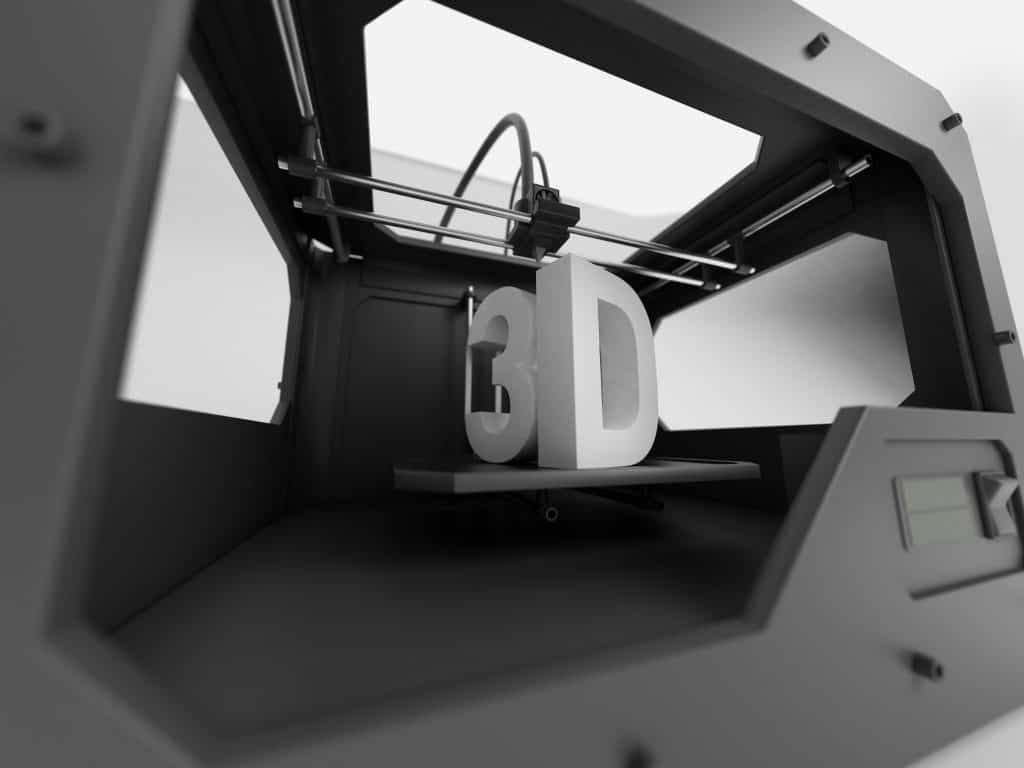Discovery of 3D Design Using Tinkercad (Grades 3-5)

$279.00
Young learners answer the question “How does 3D Printing work?” Students will learn how to build and modify designs using concept and design software. Students will translate those designs into code, learning the fundamentals of “slicing”. Through a hands-on approach, students will create tangible products from our in-house 3D printers.
Course Description
Young learners answer the question “How does 3D Printing work?” Students will learn how to build and modify designs using concept and design software. Students will translate those designs into code, learning the fundamentals of “slicing”. Through a hands-on approach, students will create tangible products from our in-house 3D printers.
Examples of Some Standards Addressed
NGSS
Science and Engineering Practices
Asking Questions and Defining Problems
Define a simple design problem that can be solved through the development of an object, tool, process, or system and includes several criteria for success and constraints on materials, time, or cost.
Crosscutting Concepts
Influence of Science, Engineering, and Technology on Society and the Natural World: People’s needs and wants change over time, as do their demands for new and improved technologies
CCSS
Math
MP.2 Reason abstractly and quantitatively.
MP.5 Use appropriate tools strategically.
CSTA
Algorithms and Programming
1B-AP-16 Take on varying roles, with teacher guidance, when collaborating with peers during the design, implementation, and review stages of program development.
21st Century Skills
21stCS_1 Critical thinking, problem-solving, reasoning, analysis, interpretation, synthesizing information.
21stCS_11 Scientific literacy and reasoning, the scientific method.
Schedule
| Program | Date | Time | Level |
|---|---|---|---|
| 3D Printing: 3-5 Week 1 | Friday, November 12, 2021 | 6pm-7pm | Level 1 |
| 3D Printing: 3-5 Week 2 | Friday, November 19, 2021 | 6pm-7pm | Level 1 |
| 3D Printing: 3-5 Week 3 | Friday, December 3, 2021 | 6pm-7pm | Level 1 |
| 3D Printing: 3-5 Week 4 | Friday, December 10, 2021 | 6pm-7pm | Level 1 |
| 3D Printing: 3-5 Week 5 | Friday, December 17, 2021 | 6pm-7pm | Level 1 |
| 3D Printing: 3-5 Week 6 | Friday, January 7, 2022 | 6pm-7pm | Level 1 |
| 3D Printing: 3-5 Week 7 | Friday, January 14, 2022 | 6pm-7pm | Level 2 |
| 3D Printing: 3-5 Week 8 | Friday, January 21, 2022 | 6pm-7pm | Level 2 |
| 3D Printing: 3-5 Week 9 | Friday, January 28, 2022 | 6pm-7pm | Level 2 |
| 3D Printing: 3-5 Week 10 | Friday, February 4, 2022 | 6pm-7pm | Level 2 |
| 3D Printing: 3-5 Week 11 | Friday, February 11, 2022 | 6pm-7pm | Level 2 |
| 3D Printing: 3-5 Week 12 | Friday, February 18, 2022 | 6pm-7pm | Level 2 |